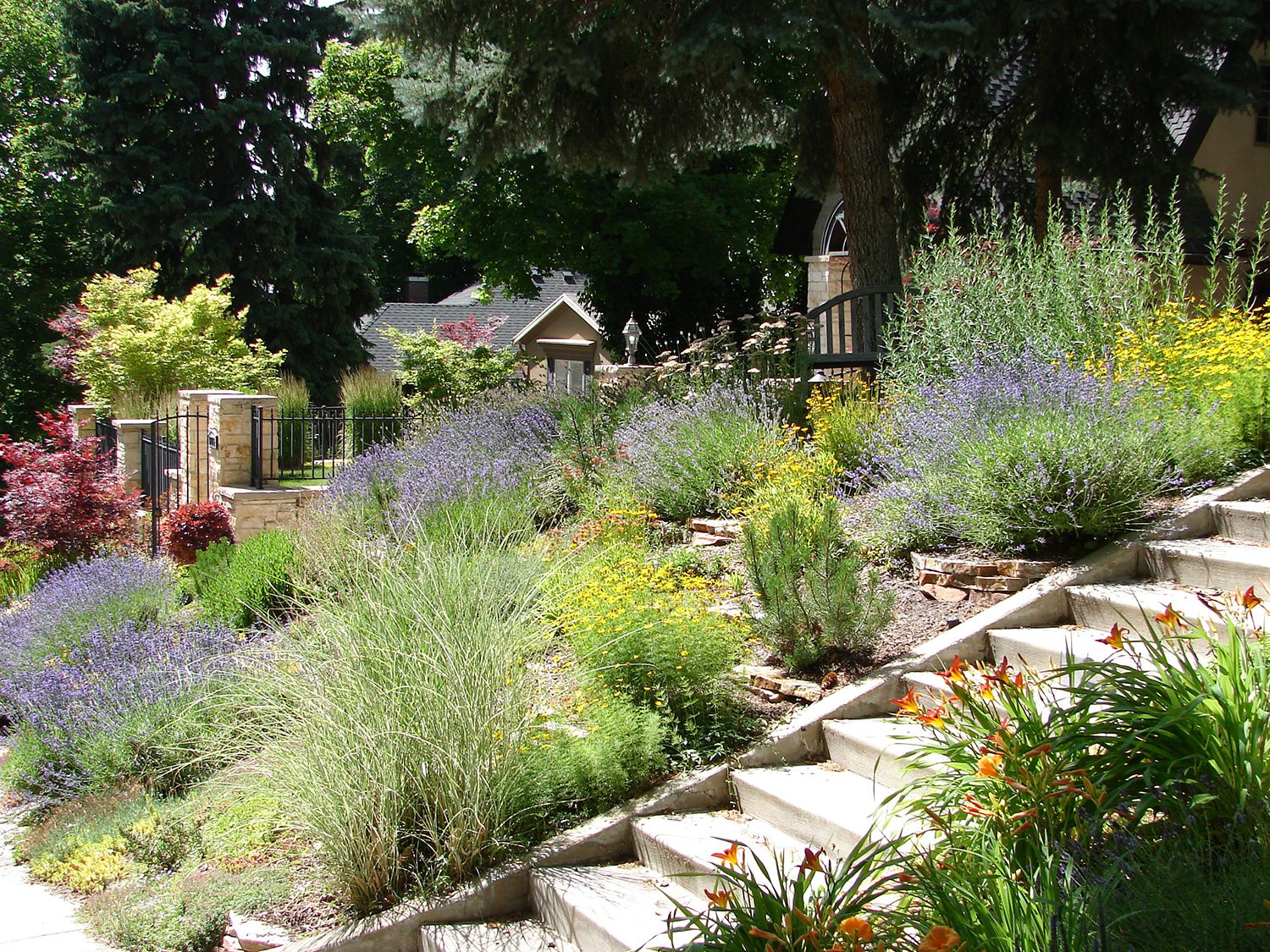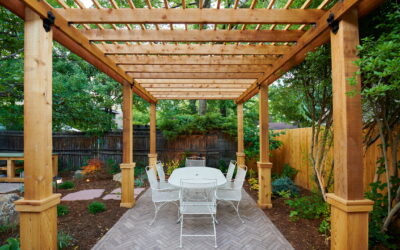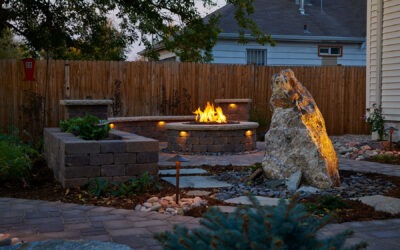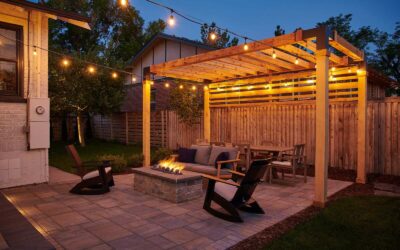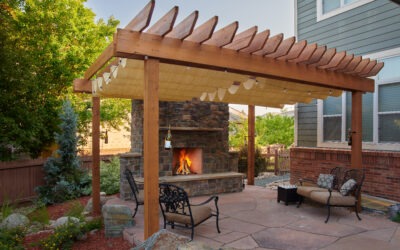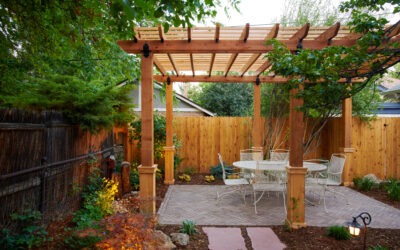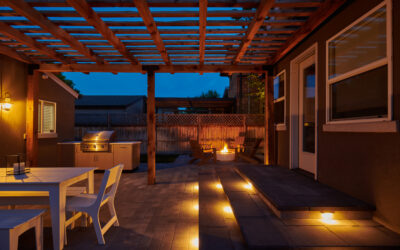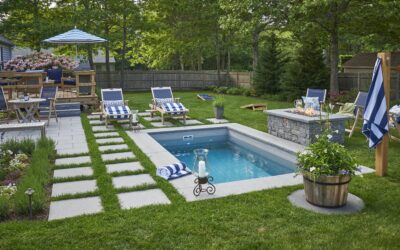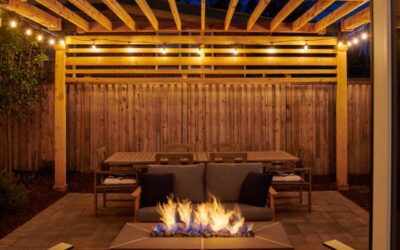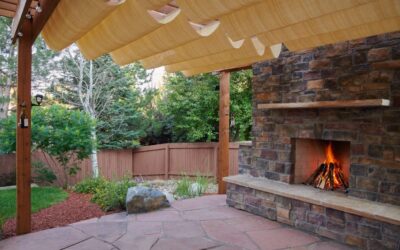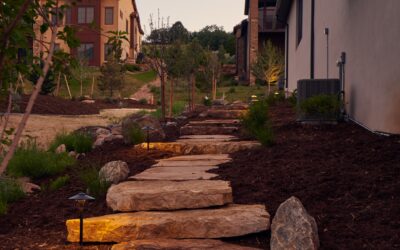Did you know Denver Water coined the term “xeriscape”?
In an effort to be a part of a regionally-adapted gardening style, Denver Water combined “landscape” and the greek word “xeros”, which means dry, in 1981. Xeriscape landscaping promotes water efficiency by using plants that are native and adaptable to Colorado’s semi-arid climate as well as minimal lawn area, efficient irrigation systems, beautiful hardscape elements, and proper maintenance throughout the year. Here are the 7 key elements to a new xeriscape.
- Sound landscape planning and design takes into account factors such as climate, sun exposure and shade, contour of the property, types of soil, watering requirements for new plantings and turf, and any local watering restrictions
- Soil plays a huge part in what plantings need to be planted where and amending in areas where nutrients need to be added.
- Limited Turf Areas. This does not mean no turf at all in your new landscape, it just means installing and maintaining lawns where they serve a purpose and will be used.
- Proper Plant Selection and Placement is extremely important to the success and beauty of your new landscape. Grouping plants with similar water and light exposure requirements and putting them in proper locations will ensure their health.
- Irrigation is key to the success of your new xeriscape. Many people think that a xeriscape does not require any water at all but that would leave you with a desert-esque landscape with very little plantings. Your new xeriscape will require watering and the best way to do that is by installing an irrigation system that could water your plantings and turf areas in “zones” to ensure you are not wasting any water. Plantings are typically watered with a “drip” style zone for each group of plantings while the turf uses water conserving pop-up sprayers.
- Using Mulch throughout your new xeriscape provides many benefits. Mulch will moderate the temperature of the soil on plant roots and will help retain moisture. It will also act as a natural weed block and reduces rain runoff. Using organic mulches such as bark chips or shredded wood will break down over time and improve the soil.
- Maintaining your new xeriscape is important so that it stays healthy and does not get overgrown. The turf areas will need to be cut weekly, leaving it longer during summer months, and the perennials and shrubs will need to be trimmed throughout the year.
Call us today to talk about xeriscape options for your yard and go green!

